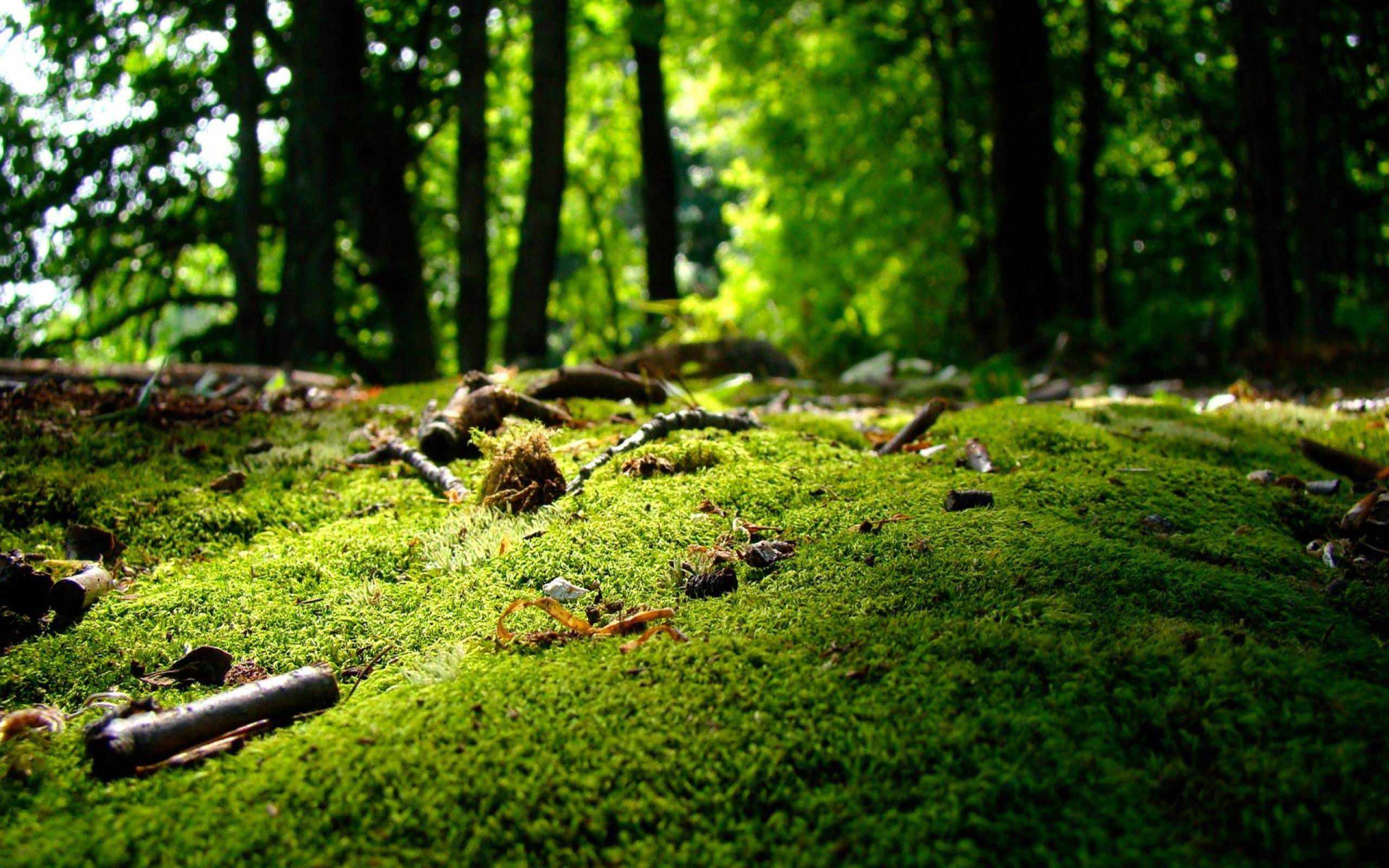Author:
Joan Elizalde
Short summary:
What makes an experience educational? It must leave memories strong enough to be recalled and linked to knowledge pieces.


An activity that happens outdoors is by nature a multi-sensorial experience, it leaves lasting memories. Because it combines a rich combination of sensorial input, it creates complex neurological connections, impacting deeper and beyond any idea transferred only by visuals and speaking aids in an isolated academic context.
.jpg)
By being able to involve all our senses, the learning outcomes of outdoor education activities are multiplied, the theory could be contrasted, the details felt and compared, the curiosity awaken, and the fun enhanced. Each piece of understanding that is acquired outdoors, is kept as a gem with all the surrounding information that accompanied its discovery, and can be recalled with clear vividness for years after.
By being able to use all our senses, the learning outcomes are multiplied, theory can be tested on the field giving students the chance to directly feel the details. Especially when activities are addressed to children, this process triggers curiosity, which leads to fun enhancement.
This is crucial because having fun gets connected to memory. Each piece of understanding that is acquired outdoors is kept as a gem with all the surrounding information that accompanied its discovery and could be recalled with clear vividness for years after.
Being exposed to the actual object of study, each individual can directly explore its properties. The learning experience will naturally adapt to their own way, thus satisfying their needs and indulging their curiosity.
.jpg)
It is not big news that cognitive understanding of ecological concepts is significantly enhanced when there is exposure to multi-sensory outdoor encounters. Studies quantified the benefit of this “out of the classroom” experiences already 50 years ago (Donald P. Slater 1972). Such advantage was later confirmed by several pieces of research (Erik Mygind 2007, Liz O'Brien 2009, Aerila-Keskitalo-Urmson 2016) in particular as far as retention and cross-curricular understanding are concerned.
The real news is that such studies have not been applied on a wider scale in the current education system.
.jpg)
One of the advantages coming from the adoption of a multisensorial education experience stands in the ability to overcome the pain coming from sensory learning types, and directly offering a deeper experience, instead.
For an educator, choosing the right time, space and attitude for sharing information helps making the most of the learning experience. Having a deep understanding of the environment is crucial, since when learning happens outdoor, there is a very high unpredictability, and one cannot be in what Dr. Maria Montessori defined as a “prepared environment”.
Teachers should be able to assess the learning types in their classes from an early stage. Through the trained eyes of a diligent teacher, it is relatively easy to understand if some children in the class encounter learning blockage. Signs can be: difficulty staying still, looking distracted, doodling on a paper, stepping out of the action front, rolling eyes, etc.
There is an important moment at the start of each activity, not to be missed, this initial exchange of energies can get, afterward, amplified all along the rest of the learning experience. If one is able to establish a level of trust, and let participants understands that one is here to help them fulfill their needs of curiosity, fun, freedom and safety, it is much likely that they will be willing to consider suggestions and follow instructions along the journey.
.jpg)
Imagine a pastry class about various kinds of dishes, and how such a learning activity could be affected by the degree to which it involves multiple senses in the experience. Ingredients and procedures could be read (involving only our auditory sense), or be visual, with photos of the different stages. It may, perhaps, include a real sample dish that people could touch and smell.
What if the activity involved seeing the ingredients separately and also smelling the different combinations during the cooking process? How would it be if participants had to prepare the dishes themselves and eat them afterwards?
Everything is happening and available on-the-stop: images, sounds, smells, movements, baric, thermic, and tactile stimulations are just an inch away from each person.
Such an example easily hints at how educational an experience could be if designed by involving all the senses and the participants along the process. Making it learner-centered instead of teacher-centered.
.jpg)
Not only the final memory of this kind of experience is more long-lasting, but the amount of knowledge that results from it is definitely more complex, rich and interconnected. In the pastry class example the areas of knowledge affected would involve: gross and fine motor skills (preparing and processing the ingredients), mathematics (quantifying proportions, time, angles and other parameters involved during the preparation), sciences (understanding the physics and chemical reactions involved during cooking, the biology of the ingredients, the ecology of the environment), social, communication and emotional skills (working with a group of peers in a joint project), self-confidence and risk assessment necessary to handle certain tools during the cooking process. And the list could go on (Emilia Fägerstam 2012).
The engaging factor of using multiple senses during an activity, and having the freedom to satisfy one’s sensorial curiosity is clearly a motivating element that reinforces the learning outcome (Ladan Shams , Aaron R. Seitz 2008).
There is an important moment not to be failed when activities start. It is a sort of initial exchange of energies that can get amplified all along the rest of the learning experience.
Imagine a pastry class about various kinds of dishes, and how such a learning activity could be affected by the degree it involves multiple senses into the experience. Ingredients and procedures could be read (involving only our auditory sense), or be visual, with photos of the different stages. It may, perhaps, include a real sample dish that people could touch and smell.
.jpg)
For a vast majority of students, following this system has turned learning into a curse, a depressing and demotivating experience. Day after day, year after year, it destroys the natural instinct of learning, the curiosity to explore, the joy of understanding. This is turning us more and more away from ourselves, away from our environment, into a jail, a jail without walls.
Learning environmental protection, natural sciences, and nature education in general, in an academic context - which means disconnected from Nature itself - does not satisfy the need to build a close relation with the natural world (Selby, David 2017).
To build such a connection, it is necessary to deliver personalized and intimate experiences, where nature is perceived as being intrinsically valuable, where learning happens in a vernacular way, fostering emotional affinity, using multi-sensorial learning that engages both the soul and the intellect of the individual.
Cultivating a sense of joy and wonder is essential to foster the ethics of concern and kindness for the planet. If we want to create a better world, we need to create educational experiences that dive into the vernacular knowledge of each place, with respect and kindness, protecting what took millions of years to be created. To create a better future, we need more multi-sensorial education activities happening outdoor, Where the contact with Nature is direct and real.





